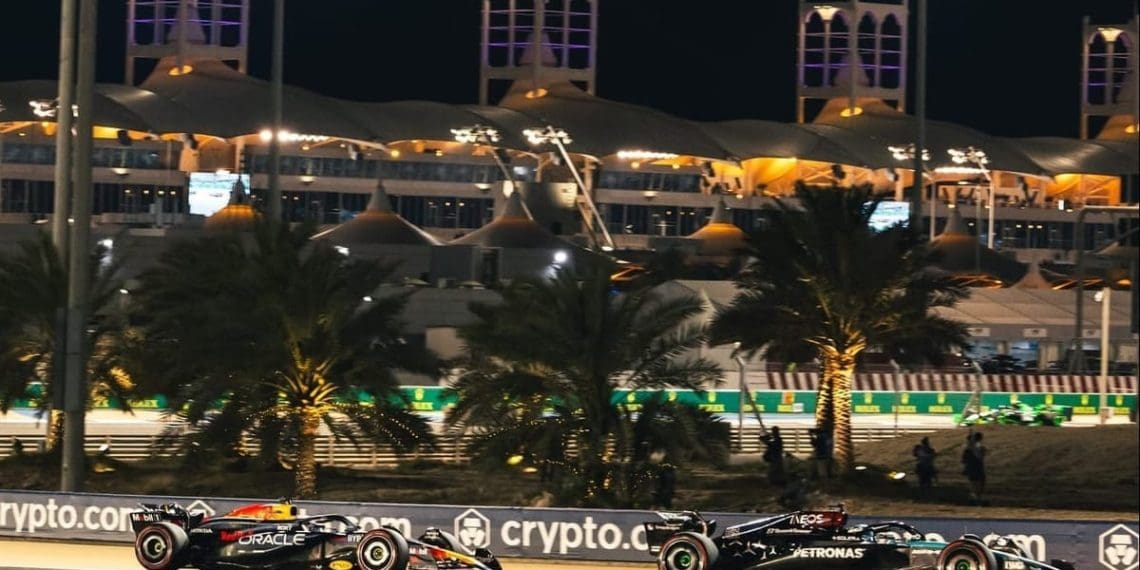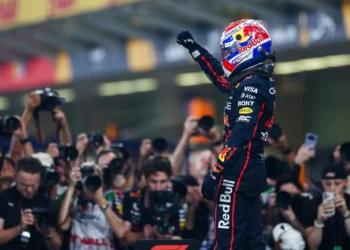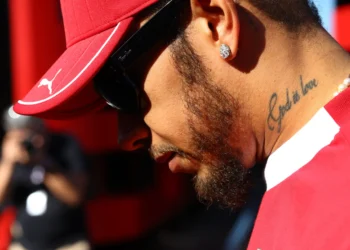The second training session of the 2024 Formula 1 season took place on a cold track in Sakhir with strong crosswinds, resulting in a different pace than usual. Max Verstappen expressed dissatisfaction with the balance of his Red Bull car, but it is unlikely that he will be only the sixth fastest when it matters. Despite this, Verstappen had the best performance in long races, showing consistency and speed with low tire degradation according to Bahrain’s standards.
The performance of the Red Bull car revealed that it was losing about 0.3s on the straights compared to Mercedes, Ferrari, and Aston Martin. This suggests that Red Bull was using a conservative power unit configuration. In addition, Verstappen made a small mistake in the last corner of his best lap.
Mercedes, on the other hand, was satisfied with its performance, with Lewis Hamilton setting the fastest time in FP2. However, Hamilton acknowledged that there is still room for improvement and that his pace in long races is not at the same level as the Red Bulls.
During the long race simulations, using soft compound tires, the Red Bulls were the fastest, with Sergio Perez opting for an aggressive start and experiencing higher tire degradation. Verstappen took a smoother approach but still managed to be slightly faster in his 13 laps.
The Sakhir circuit poses a challenge for teams to find a balance between lap pace and tire management. Usually, cars are set up with understeer, which may not be ideal for single lap performance but can benefit them during the race. It is possible that Red Bull chose a more conservative compromise in their setup, rather than having an inherent balance issue. Mercedes and Ferrari, on the other hand, seem to have prioritized single lap performance in their configuration.
Among the non-Red Bull cars, Oscar Piastri had the best long race in his McLaren, but he was about 0.5s slower than Hamilton’s Mercedes in a single lap. The difference in pace in long races between Piastri and Lando Norris suggests that they may have used different fuel loads representing different race stints.
In terms of averages in long races, the two Mercedes cars, Norris, and Charles Leclerc’s Ferrari were separated by a very small margin. However, in a single lap, the hierarchy was clearly Mercedes, Ferrari, McLaren, with Fernando Alonso’s Aston Martin right behind.
Just like in the testing period, there was a noticeable difference behind the top five teams, and the next group was led by Red Bull, closely followed by Sauber, Haas, and Williams. Alpine, on the other hand, struggled and was at the back of the pack.










